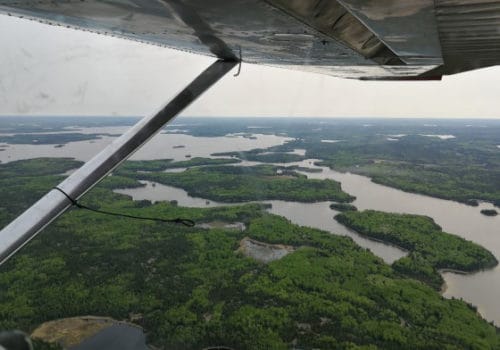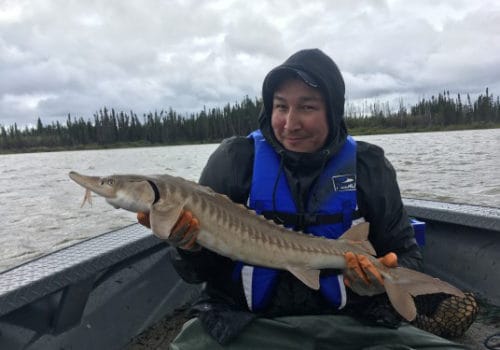2020
Through consumption of freshwater and marine fish, humans can ingest mercury and overexposure can cause serious health effects such as neurological disorders. In many northern environments, methyl mercury contamination does not only pose health risks, but may also threaten the viability of subsistence fisheries for future generations. The Paulatuk Hunters and Trappers Committee was concerned about potential health risks related to mercury contamination. Given the high dependence upon local resources for sustenance, and the threats of long-range mer-cury transport and contamination of water bodies in Canada’s arctic, an assessment of mercury concentrations within these traditional foods was required, particularly in whitefish.
During the summer of 2018, community members from Paulatuk, NT captured whitefish (Broad, Round and Lake Species) from the Hornaday River and Lake Paulatuk. Upon capture, fish were identified to species, measured for fork length and round weight, had sagittal otoloths re-moved for aging purposes, assessed for sex and maturity, then subsequently sent to ALS Global Laboratories in 2020 for mercury analysis of muscle tissues.
In 2020, AAE Tech Services was contracted by the Paulatuk Hunters and Trappers Committee to carry out mercury and physiological data analysis and reporting related to the evaluation of mercury contamination in whitefish species in the Paulatuk area.
As part of this project, AAE provided the following:
• Fish ageing sagittal otoliths using ‘crack and burn’ method;
• Stomach content analysis of whitefish to examine the whitefish food chain and the potential vectors of mercury contamination they are exposed to;
• Data analysis using linear regression to compare mercury con-centrations with fork length, weight and fish age;
• Recommendations for further study in regards to mercury in arctic fish species.






